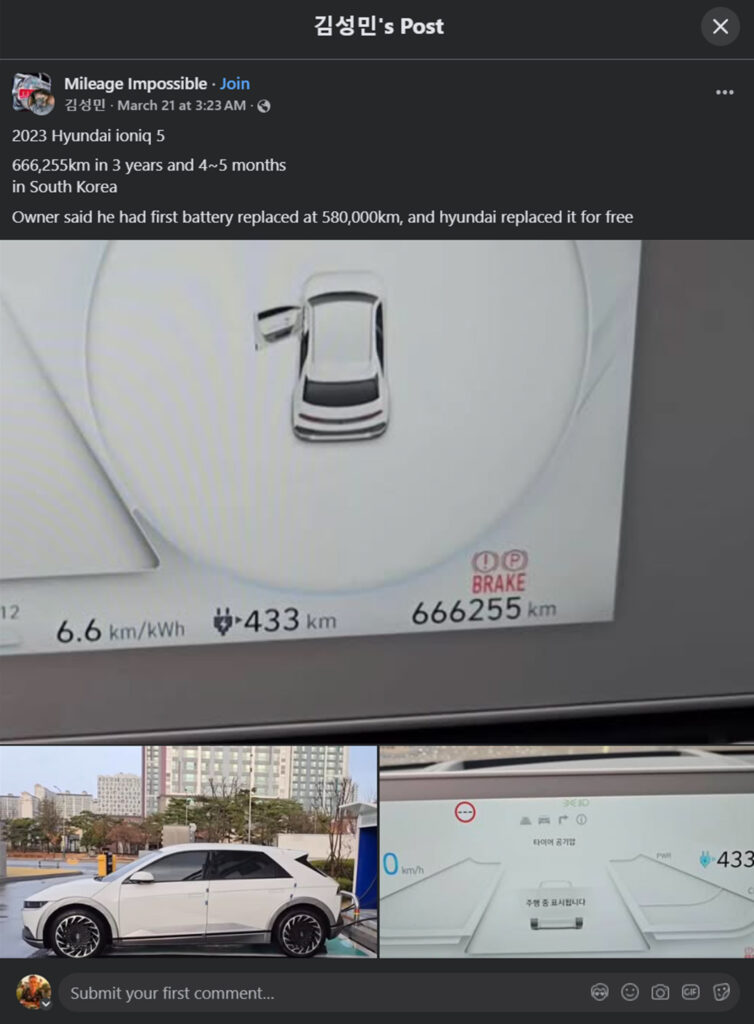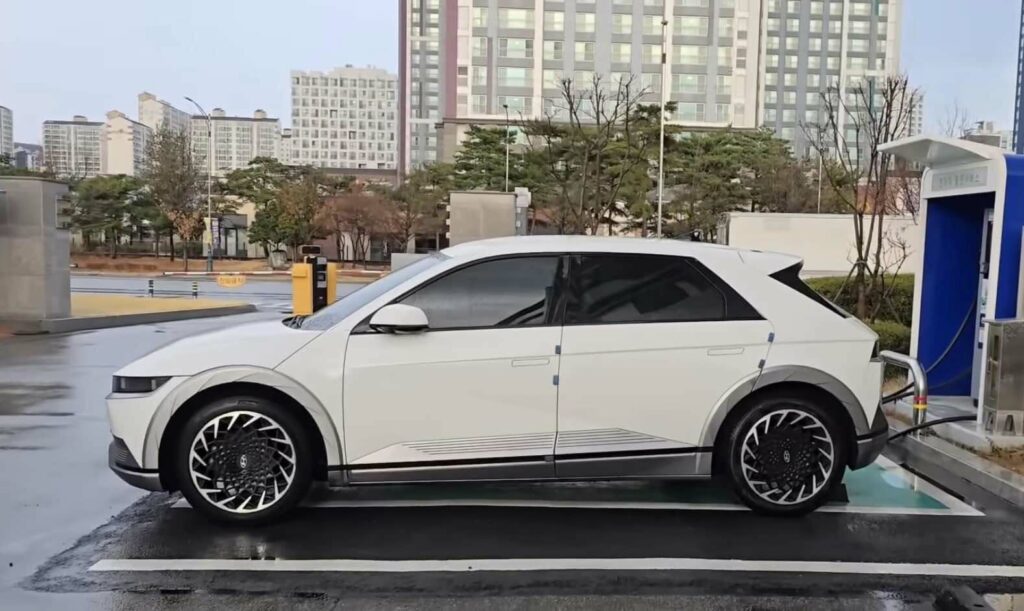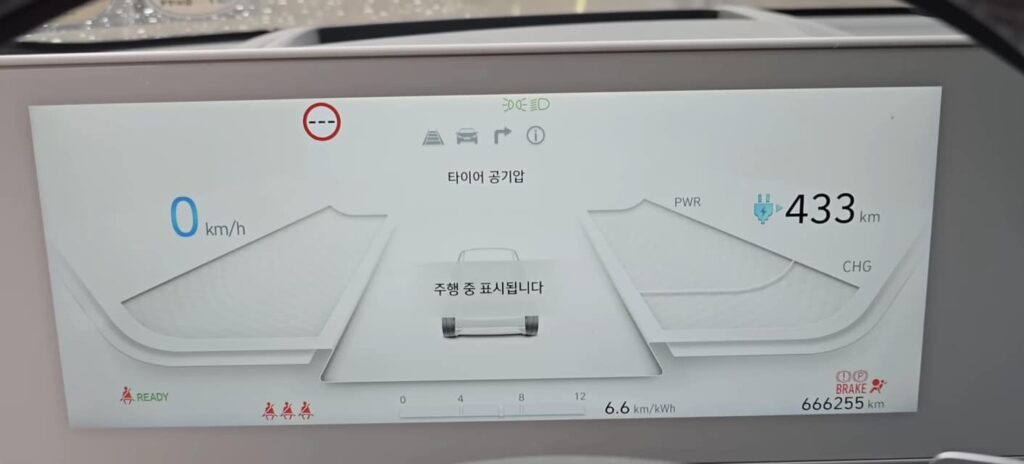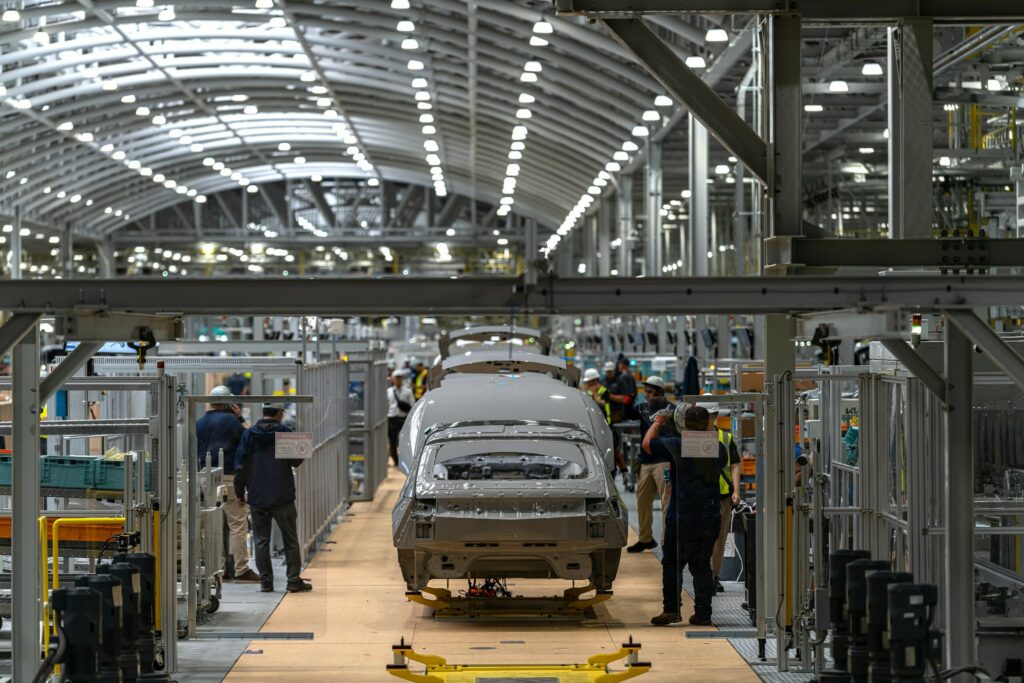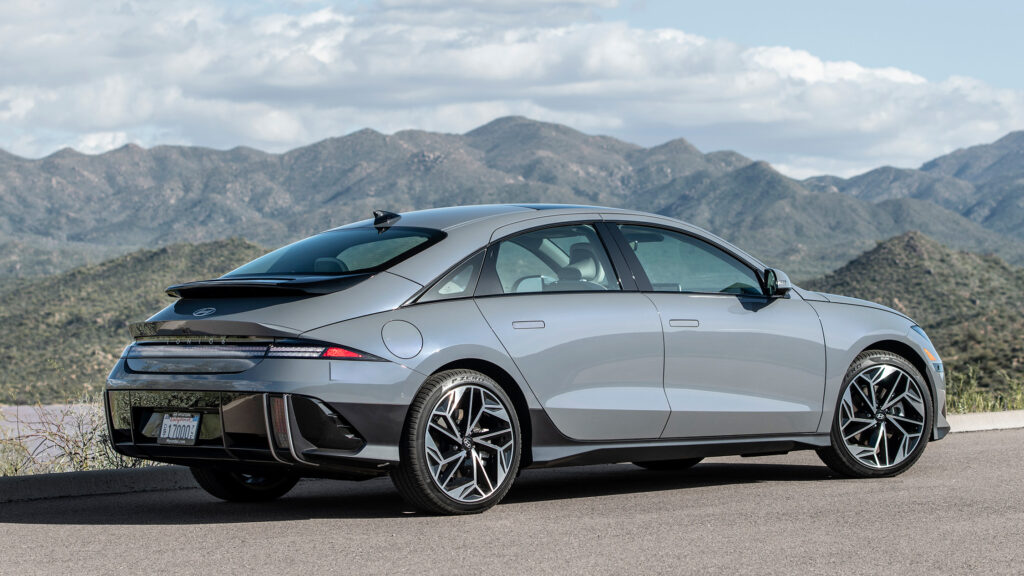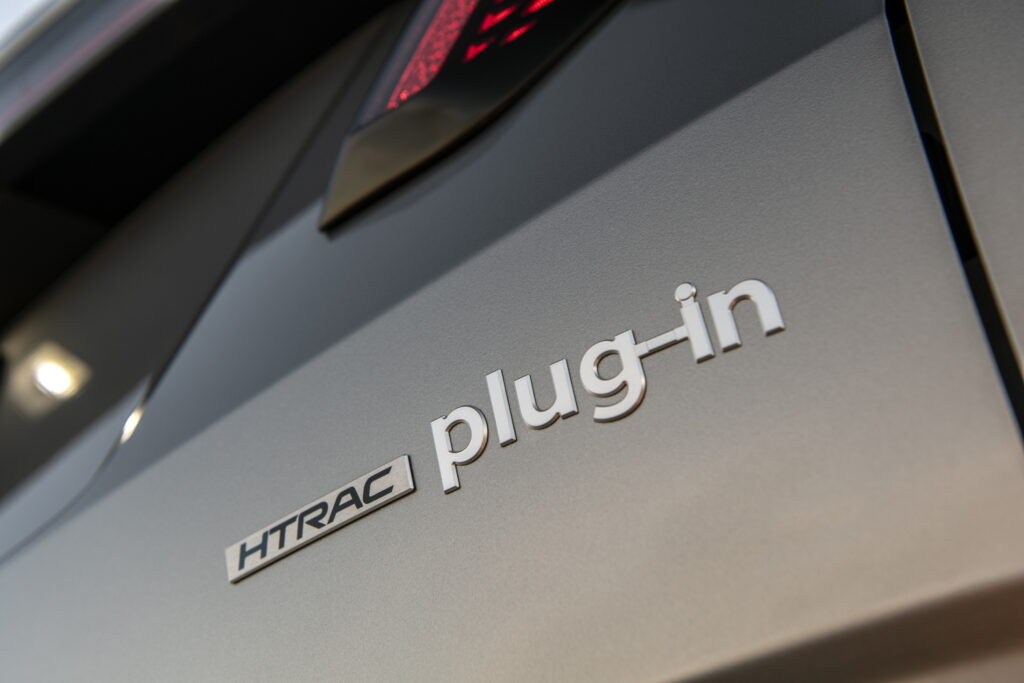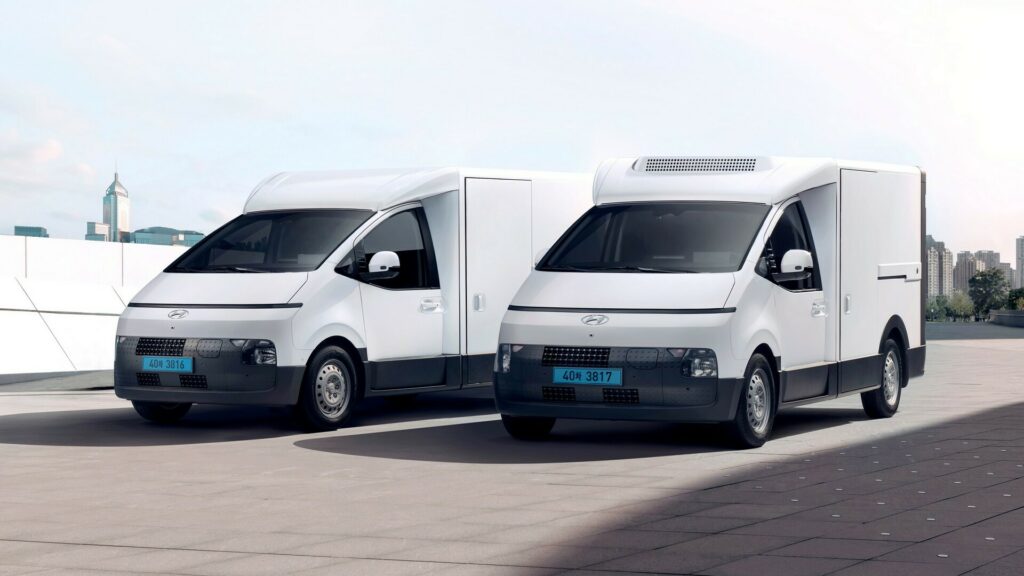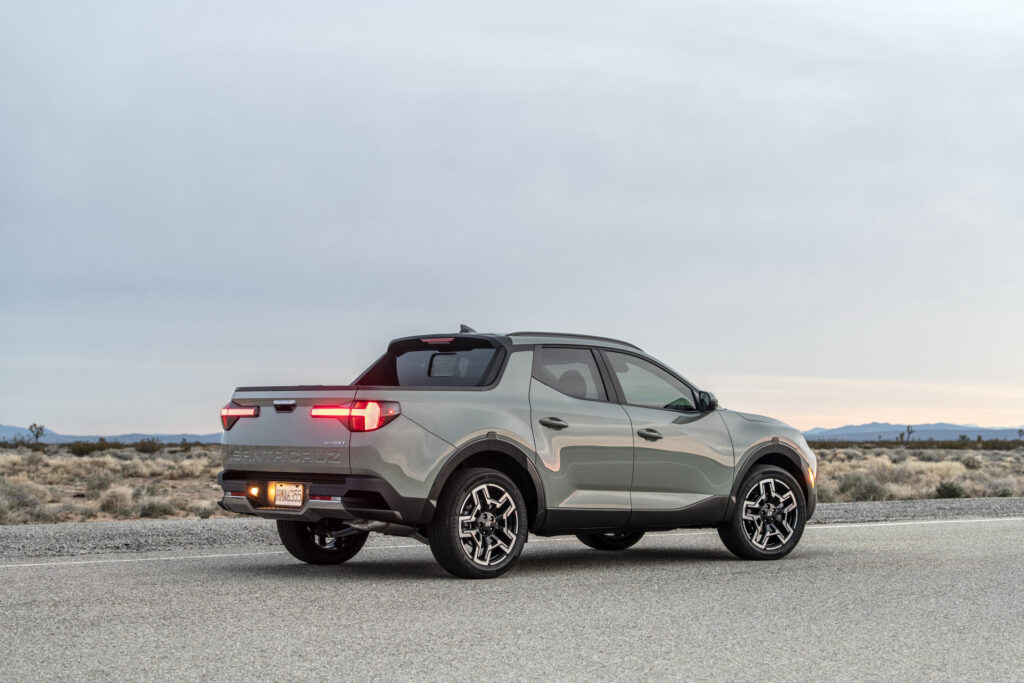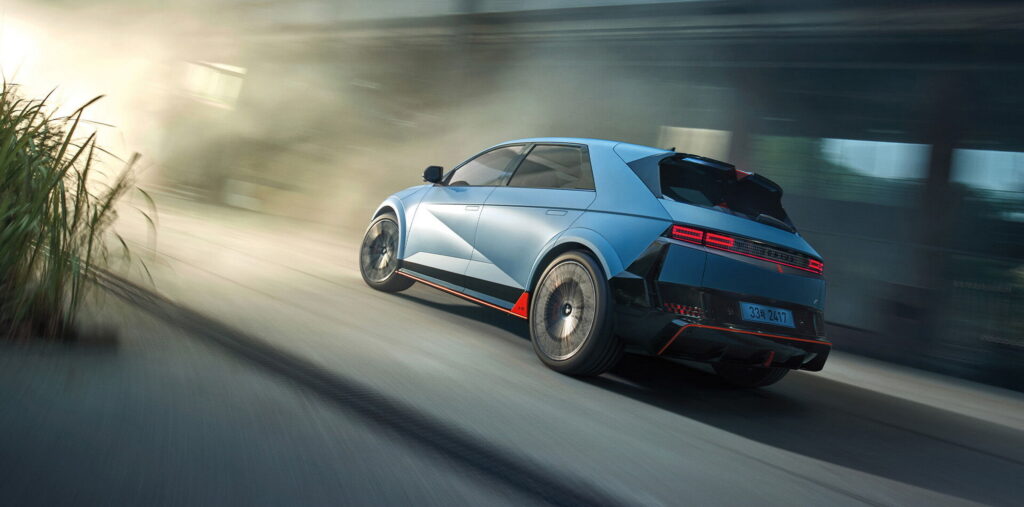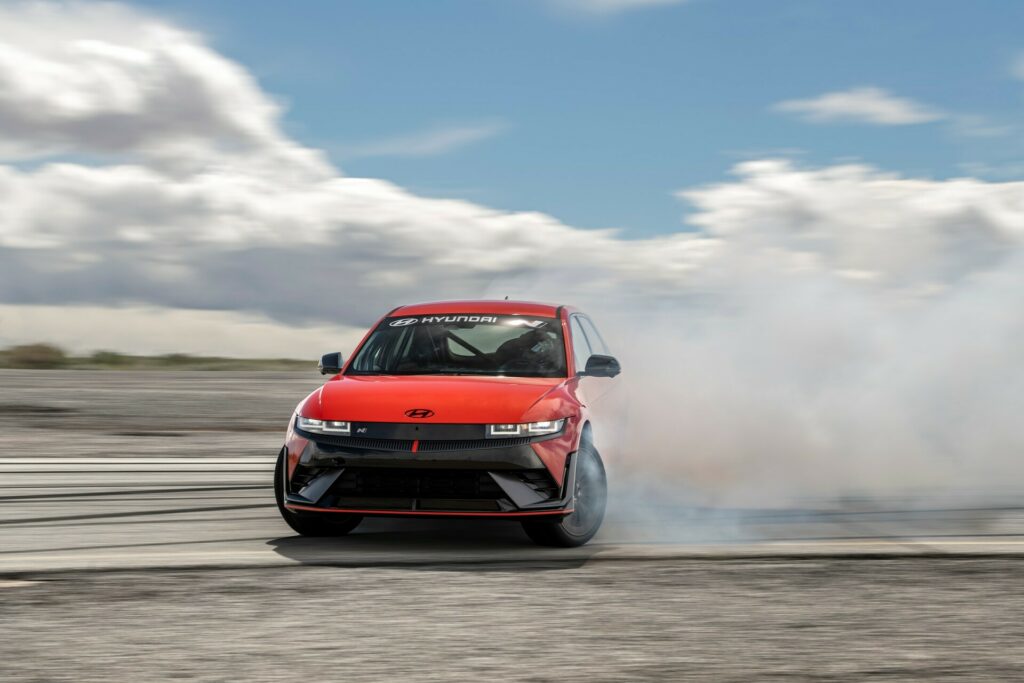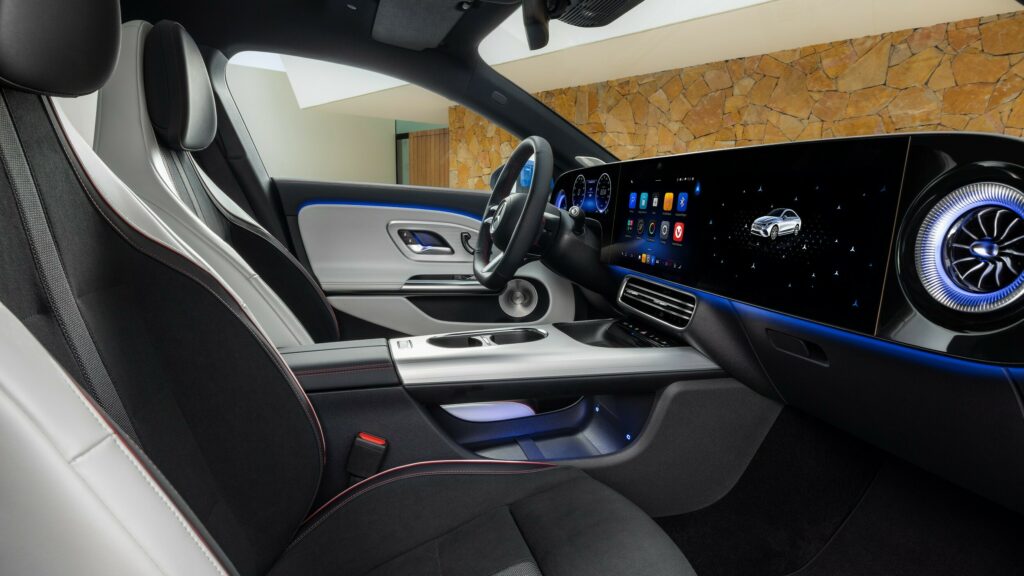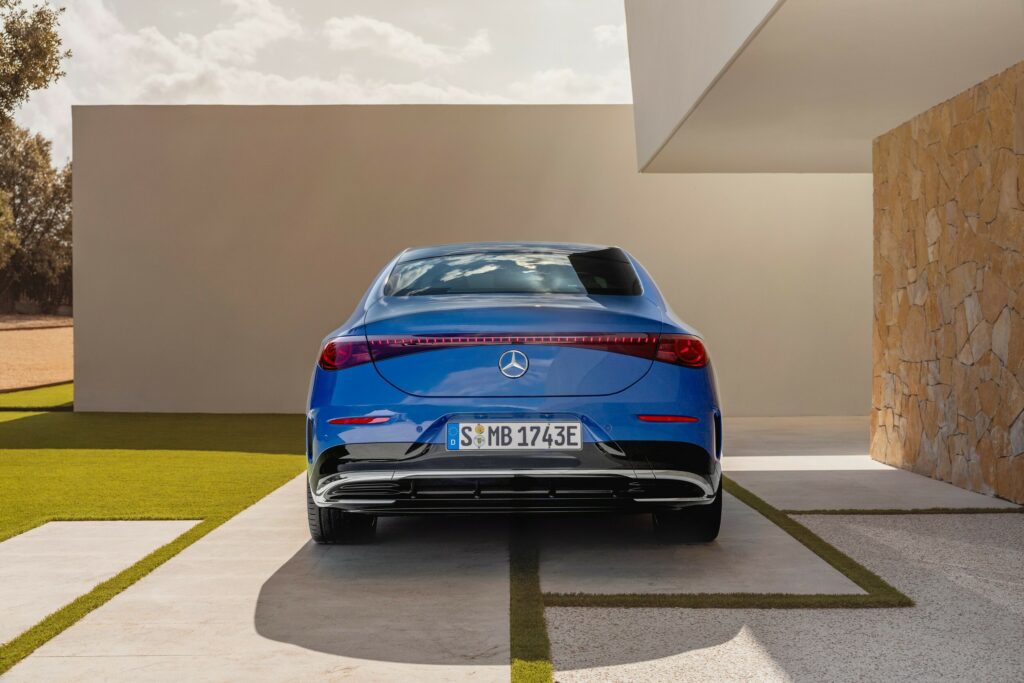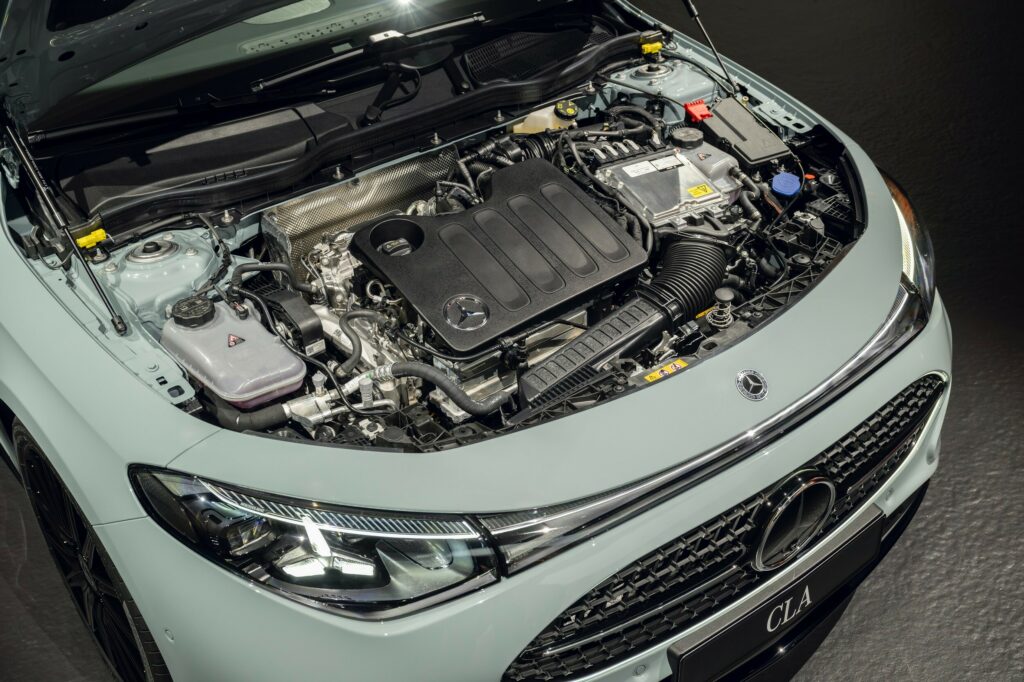Hyundai Reveals New Ioniq 6, Teases Long-Awaited 6 N
- The refreshed electric sedan includes a thoroughly revised front fascia.
- Hyundai has added an N Line trim to the Ioniq 6 family for 2026.
- The Model 3 Performance-rivalling Ioniq 6 N should pack around 641 hp.
The Hyundai Ioniq 6 is a brilliant EV, but its design has always been a little controversial. Now, the brand has launched a facelifted version of the Ioniq 6, and it certainly looks a lot sleeker while retaining the streamlined shape of the model we’re all familiar with.
This new Ioniq 6 has been unveiled at the Seoul Mobility Show, although no clear images of the revised rear-end have been published. Fortunately, we have been provided with a good look at the overhauled front fascia. Not only does it look more refined than the old model, but it’s also more aggressive, particularly in N Line guise.
Read: Hyundai Ioniq 6 N Could Be Even Better Than The 5 N
One of the more peculiar parts of the outgoing model was the headlights. Just like Hyundai did with the Sonata, the carmaker has ditched these weird lights in favor of split lights, consisting of thin LED daytime running lights and separate headlamps positioned lower in the bumper. It makes a world of difference to the EV’s design.
Those who want something a little more aggressive would be wise to opt for the new Ioniq 6 N Line. It opens up the front fascia, and much like the Elantra N, includes a gaping wide grille and air intakes. Hyundai is also promising a new rear bumper that incorporates more black parts, and has showcased the N Line with distinctive silver and black wheels.
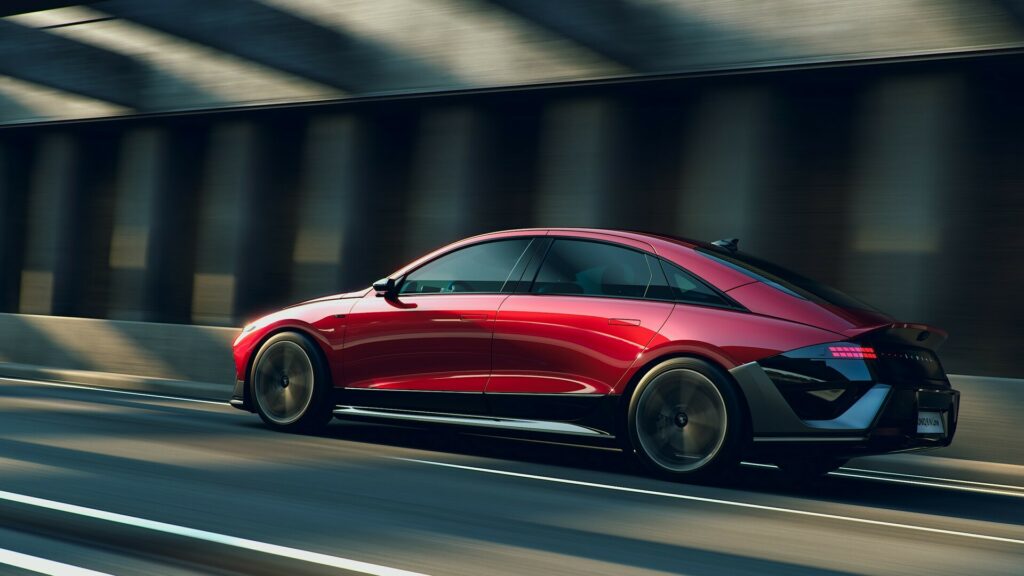
The rear of the new Ioniq 6 retains the LED light bar of the outgoing model, but now includes a large ducktail lip spoiler. It’s also ditched the odd second spoiler that was positioned at the base of the rear window, and it looks much better because of it.
“IONIQ 6 has evolved from a single Electrified Streamliner into a lineup, each model expressing its own character while staying true to one refined vision,” the head of Hyundai Design Center, Simon Loasby said of the new model. “Under the evolved design concept of ‘Pure Flow, Refined’, we’ve enhanced every line and detail to make IONIQ 6 simpler and more progressive.”
Some minor tweaks have been made to the cabin of the new Ioniq 6, too. For example, there’s a different three-spoke steering wheel, the window switches have been repositioned, and there are new USB ports. No technical details about the new model have been announced.
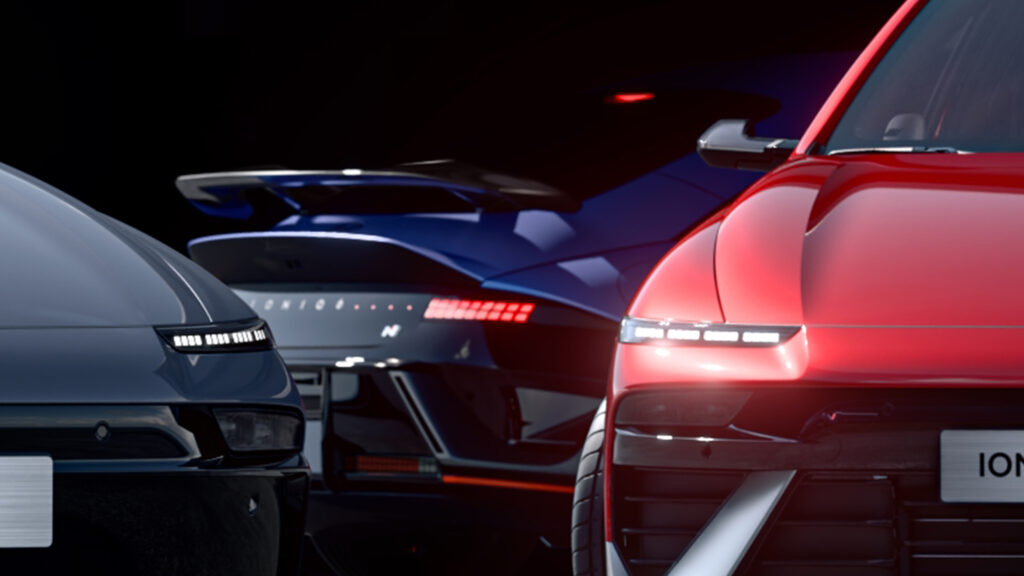
Hyundai Ioniq 6 N
Perhaps the most exciting titbit from these images is our first proper teaser of the long-awaited Hyundai Ioniq 6 N. It’s inspired by the RN22e concept from a few years ago and has been showcased with a bespoke rear fascia, a large fixed rear wing, and new LED taillights. There’s no word on its power, but it should have the same basic dual-motor system as the Ioniq 5 N, producing the same 641 hp and also featuring synthetic exhaust sounds and a simulated eight-speed dual-clutch transmission. It will be unveiled in July.

